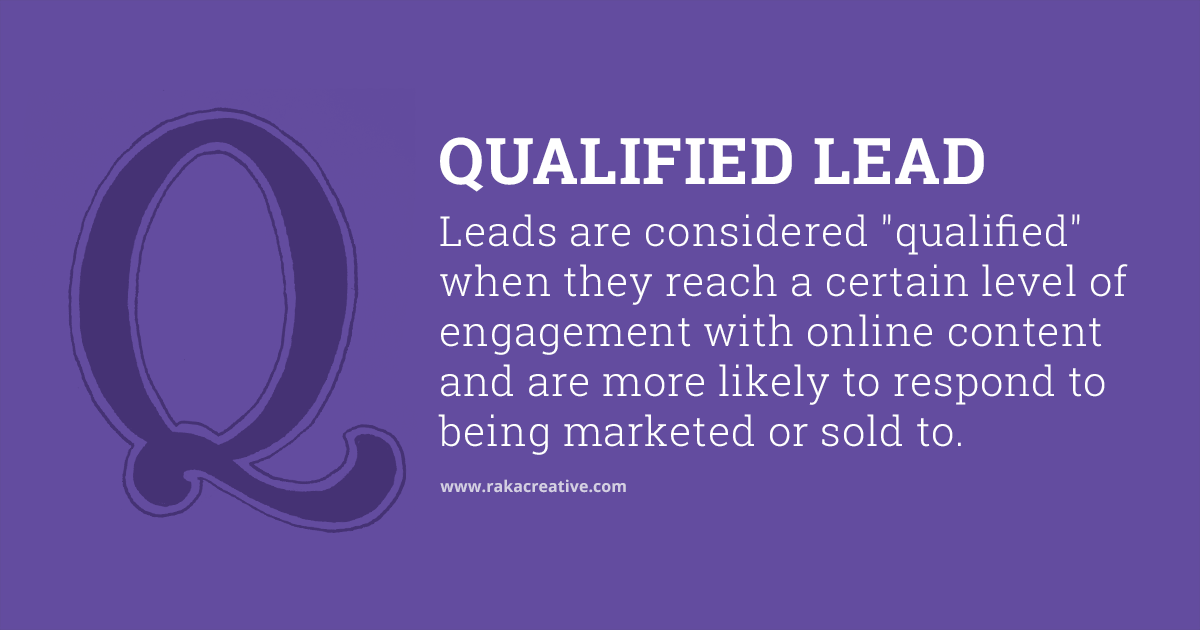Click here. Check this out. Download your FREE offer here. Go ahead, push the button. Regardless of the language you use, the call-to-action is a vital piece of your marketing efforts, for reasons we’ll expand upon below.
Tell me more
The call-to-action, or CTA, is a key way to turn an idle reader into a subscriber or lead. Readers on your blog shouldn’t be left to browse idly after they’ve finished a post. A call-to-action, in the form of a text button or image link, gives a reader who just absorbed (hopefully) interesting information the opportunity to engage more deeply with your brand.
Your call-to-action can take many forms, but what follows is a general guide to what yours should include, beyond a way for a prospect to contact you or get something. Here’s one such example from Raka that you should totally click on.
Your prospect needs to get something out of the interaction, which you’ll need to make clear in the CTA. This could be a consultation for your services, a whitepaper or infographic, or maybe a hug—I don’t know your business model.
Nail down your offer and destination for the click, then focus on the CTA’s wording to drive engagement. That’s often a simple matter of aligning your content with where your buyer personas are on their journey, assuming you’ve developed your personas as outlined by my colleague Kelly Glista. (You can also learn more inbound marketing definitions on this page.)
If you’re appending a button that says “Call Us Now” to a blog post that offers a very general overview of, say, what a car air freshener is, you’re making your CTA way too aggressive for your audience. An in-depth examination of your pine-scented air freshener’s superiority over every other option shouldn’t have a CTA that goes to another blog post, however.
The bottom line is that you need to have engaging language, whether that’s a simple “Click here to learn more” or an “OH MY GOD DON’T MISS OUT ON THIS.” It will vary by your audience, of course.
Why a call-to-action is important to marketers
Think about your core need as a marketer and the value of a good call-to-action is readily evident. You’re hoping to get contact information for potential prospects so you can either nurture them or hand them directly over to sales. Either way, you’re not getting that from an anonymous person reading a blog post. The challenge is that it’s tough to get someone to hand over their email address (and possibly more), but a compelling CTA that leads to a juicy content offer usually is the best way to do so.
We know marketers are inveterate tinkerers, and CTAs offer an opportunity to use that tendency for good. You can read up on best practices, of course. But the best way to craft a CTA that will appeal to your particular audience is to study past results, analyze your audience, and do some A/B testing to learn which action words and design choices cause the biggest boost. This satisfies both your need to make changes and your need to create new business.
Yes, you’ll need a great landing page, a quality offer, a thank you page, and you’ll need to keep the prospect engaged after you’ve got their information. But it all starts with the CTA.
If you skimmed this post…
…this is where we reward your skimming, for some reason. A call-to-action is usually a link, image, or button designed to get your audience to take a desired action, such as clicking a link to learn more or calling your company directly. They’re invaluable as you try to collect information from prospects, so you should go ahead and use them.
Want to learn more awesome inbound marketing terms? Check out our Inbound Marketing Definitions page.






